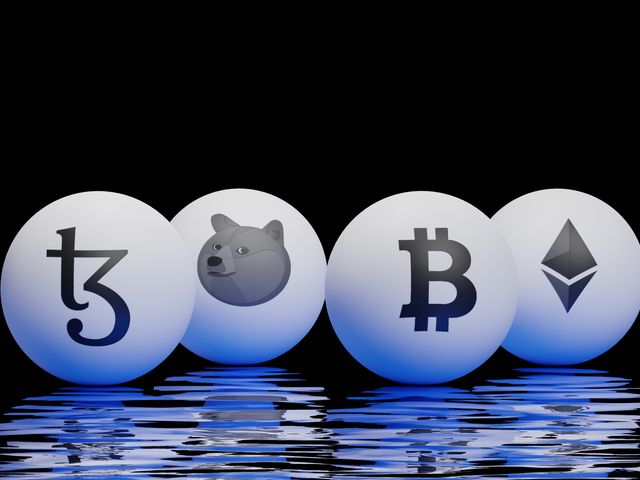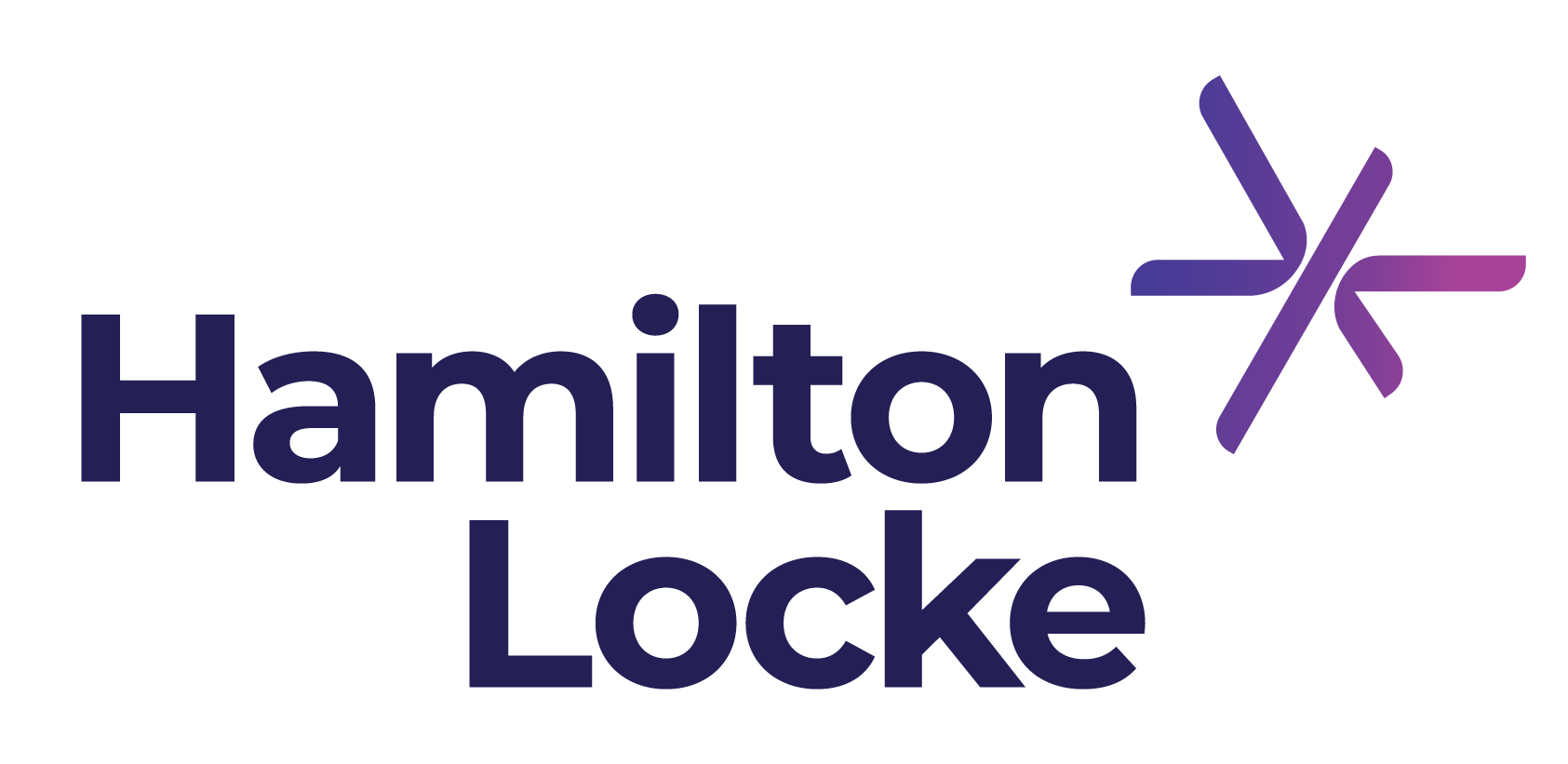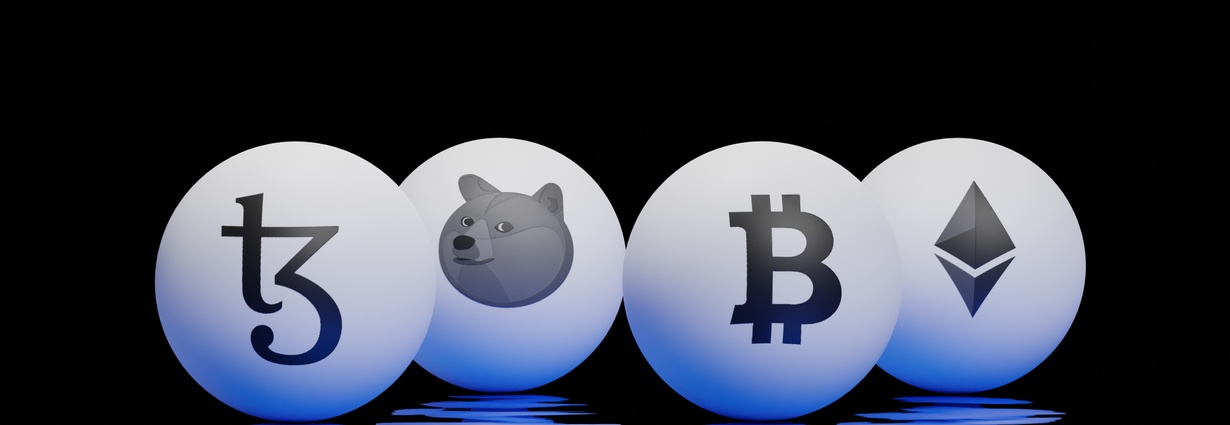DIGITAL POWER – POWERING GREENER PASTURES, CAN CRYPTO HELP? ENERGY CRYPTO PART I.
Published on Mar 23, 2022 by Jaime Lumsden, Michele Levine and Nicholas Pavouris

PART I – CRYPTO GOING GREEN
This is part of our Digital Power Series focusing on the deep connection between power and the digital economy. Throughout the series, we explore: the opportunities that crypto miners and data centres bring to the National Electricity Market; digital security considerations in energy; the ‘tokenisation’ of energy related projects; and relevant ESG considerations when acquiring a digital assets business.
In this Part I, we explore the intersection between cryptocurrency and New Energy. In Part II, we will examine the key factors and measures that you should consider before launching a crypto project in the New Energy sector.
CRYPTOCURRENCY AND GREEN ENERGY
Mounting international pressure on businesses of all sizes to focus on their ESG efforts and plan for a net zero/carbon neutral future is leading to an increased focus and demand for:
- Access to green energy;
- Supply of carbon offsets;
- Funding and implementation of green energy projects;
- Consumer access to green investments;
- Widely available energy markets; and
- Global standards for green energy certification.
We are also seeing the rapid expansion and uptake of cryptocurrency and the development and implementation of Web 3.0. These two industries are rapidly growing and will be significant industry sectors in the future. For instance, EY released a report with Mawson in December 2021 titled “Cryptocurrency and the distributed digital economy”, which predicted that cryptocurrency and digital asset deployment and adoption would see a 30x growth by 2030, adding $68.4 billion to the economy and creating 206,000 new jobs.
To date, the crypto industry has copped a lot of criticism about the environmental impacts of cryptocurrency mining, particularly given the energy drain and green power supply issues. However, we are seeing a growing interest in the role cryptocurrency can play in the New Energy sector by combining miners with renewables and storage projects. This could result in significant returns for project investors and developers by allowing behind the meter use of otherwise curtained solar and wind power, thus moving more solar and wind projects into profitable territory. From a grid perspective, this would also allow the seemingly unlimited appetite of crypto miners to eat whatever remains of the solar duck curve’s belly.
We are already being asked, “how can we tokenise our project”? But first the basics… what is cryptocurrency?
CRYPTO 101
Cryptocurrency is a digital store of value that exists on a blockchain. A blockchain is a decentralised, immutable and infinite ledger that records data in blocks, links those blocks on a chain and shares the blocks across a network of computers. All the data on a blockchain is encrypted with cryptography. No central authority or counterparty can control or change a transaction, blockchain or the network – meaning they are final and cannot be modified once created. All transactions on a blockchain are effected by smart contracts. A smart contract is computer code that automatically executes a transaction in accordance with pre-defined parameters. Importantly, smart contracts are not legal contracts.
There are thousands of tokens available in the market now. Tokens can generally be grouped into the following four categories:
| Token Type | Description |
| Commodity token | This is a token backed by a physical asset that has value (e.g. currency, gold, index or oil). Tokens backed by a currency are commonly referred to as “stable coins”. |
| Utility token | This token is native to a decentralised protocol that has a designated use in the protocol such as providing access to a service or product. |
| Security token | Security tokens provide tokenholders with ownership rights in a company similar to a share. These tokens are also referred to as “Initial Coin Offerings”. |
| Non-fungible token (NFT) | An NFT is a cryptographic asset on a blockchain with a unique identification code and metadata that distinguishes it from other tokens. These tokens are non-fungible meaning they cannot be traded or exchanged for each other. NFTs can only be purchased for value. There are different types of NFTs. An NFT can be an original work, provide ownership rights to some other work or simply record existing ownership rights to something i.e. a digital certificate. |
Now we know what crypto is… next we need to look at how it is currently regulated in Australia.
HOW IS CRYPTOCURRENCY REGULATED IN AUSTRALIA?
In Australia, cryptocurrency is treated as a commodity (much like gold). Therefore, the exchange of cryptocurrency to fiat currency, fiat currency to cryptocurrency or cryptocurrency to cryptocurrency is not regulated as a foreign exchange contract (like the exchange of AUD to USD).
Cryptocurrency is not considered to be “money” in Australia. Bitcoin is the most widely used cryptocurrency at present and the Reserve Bank of Australia is of the view that Bitcoin is not money. While Bitcoin may be used to make payments, its current use is limited and it does not display all the key characteristics of money.1 This may change as cryptocurrency shifts from being a commodity accruing value to a widely accepted method of payment and as more countries (e.g. El Salvador) designate Bitcoin (or other tokens) as a legal tender.
Given the broad structure and use cases for cryptocurrency, a token may instead fall into another type of regulated financial product depending on how it is structured or used. In Australia, cryptocurrency is most likely to be regulated as a security, managed investment scheme or a derivative (but depending on the design it may be another type). The Australian Securities and Investments Commission (ASIC), Australia’s financial service regulator, has recently updated is guidance in INFO 225: Crypto assets, which provides some high level guidance on the regulation of cryptocurrency.
IS YOUR TOKEN A FINANCIAL PRODUCT?
If your token is a financial product, then you will need to work out whether:
- you require an Australian financial services licence;
- any disclosure obligations apply;
- the client money rules apply; and
- any other conduct or compliance obligations apply.
If your token is not a financial product, then you will need to ensure that you comply with, at a minimum:
- the legal requirements under the Anti-Money Laundering and Counter-Terrorism Act 2006 (Cth). Any person that facilitates the exchange of fiat currency for cryptocurrency or vice versa must be enrolled and registered as a Digital Currency Exchange with the Australian Transaction Reports and Analysis Centre (AUSTRAC) and comply with a range of compliance obligations;
- the privacy requirements under the Privacy Act 1988 (Cth), including the Australian Privacy Principles. This usually requires you to have a privacy policy and collection statement that meets all the regulatory requirements; and
- the Australia Consumer Laws relating to unfair contract terms, customer guarantees and misleading and deceptive conduct.
It is likely that your business will already have measures in place to comply with privacy and Australian Consumer Laws. If this is the case, it is critical that your current arrangements are updated to cater for any token or blockchain use.
CHANGE IS IN THE WIND…
The Select Senate Committee on Financial Technology and Regulatory Technology Final Report
was released in October 2021 following an inquiry into the regulation of cryptocurrency (as well as a number of other matters). The Committee made twelve recommendations for the future of cryptocurrency, including:
- Recommendation 1: Establish a markets licence for Digital Currency Exchanges (DCE), which will result in DCEs holding a markets licence similar to securities and derivatives exchanges (e.g. ASX);
- Recommendation 2: Establish custody or depository regime to be managed under the Treasury portfolio;
- Recommendation 3: Treasury and regulators to conduct a token mapping exercise;
- Recommendation 4: Establish a new Decentralised Autonomous Organisation (DAO) company structure; and
- Recommendation 7: Implementation of a company tax discount of 10% if Digital Currency miners source their own renewable energy.
The Government released its response in December 2021, agreeing with or noting all 12 recommendations, except for Recommendation 7 which it does not consider a current policy priority. Work is underway and Treasury is spearheading the charge. Much turns on the upcoming election, but the regulatory regime for cryptocurrency is likely to change in the near future if Australia wants to be a country of choice for cryptocurrency. The change process is already underway with Treasury having recently released a Consultation Paper on Crypto asset secondary service providers: Licensing and custody requirements (March 2022). This is important to bear in mind when thinking about tokenising your green project or otherwise harnessing the power of cryptocurrency or blockchain.
In Part II we will be taking a deeper dive into what you will need to consider before launching a crypto product in the New Energy sector.
March 2022
1https://www.rba.gov.au/education/resources/explainers/cryptocurrencies.html


